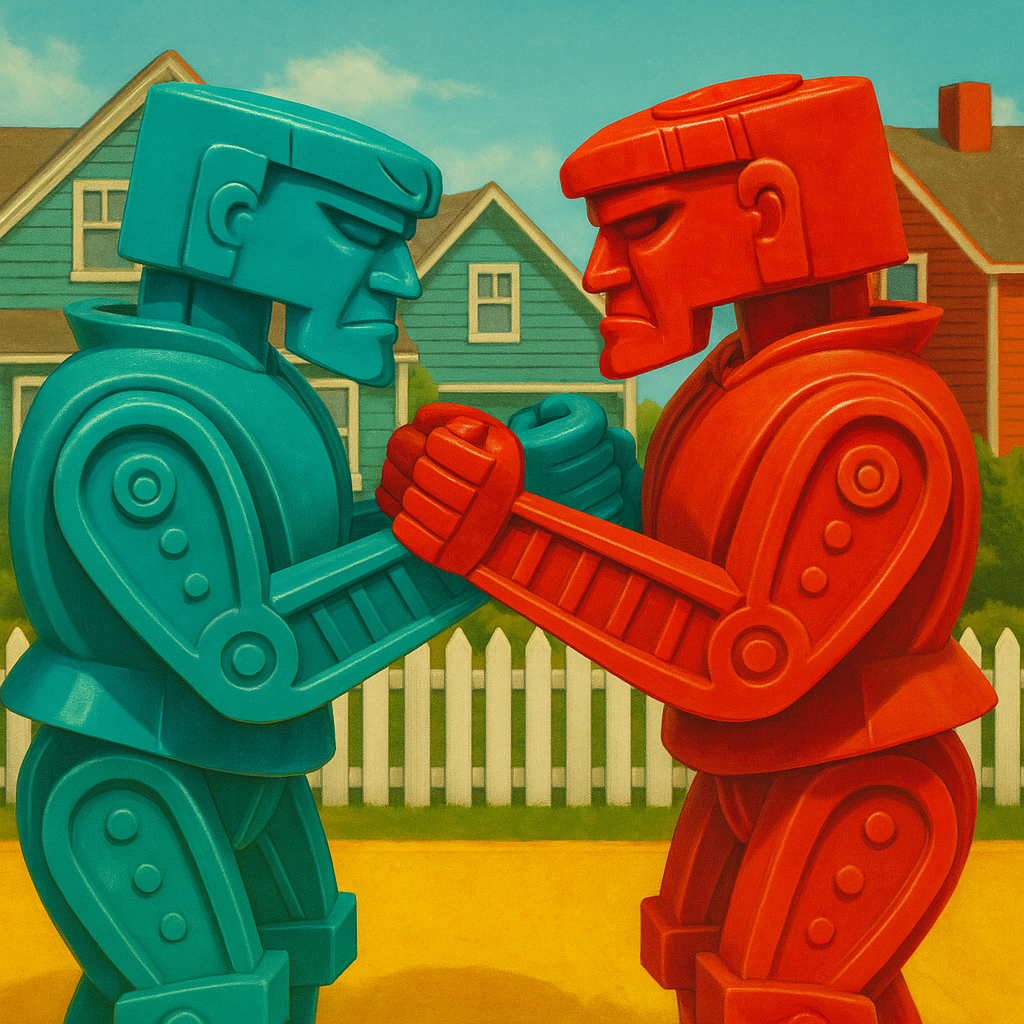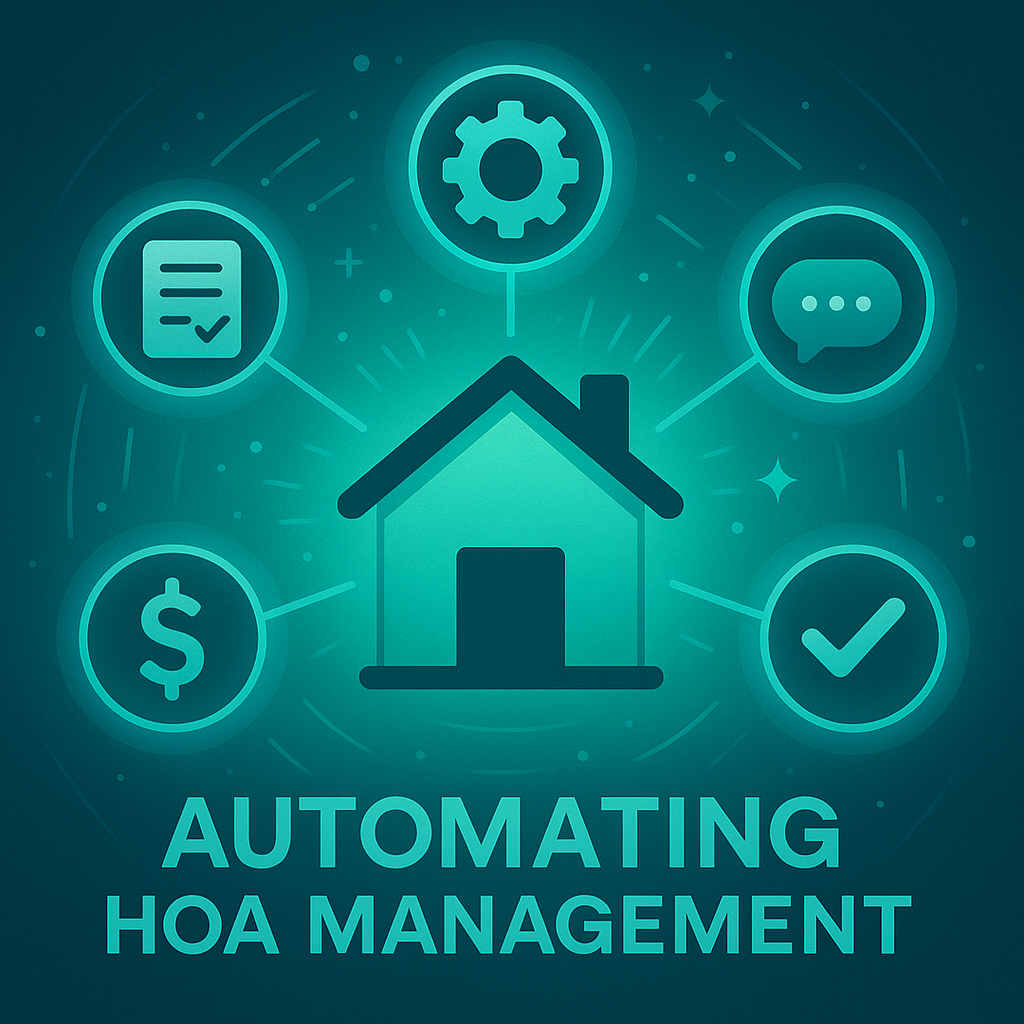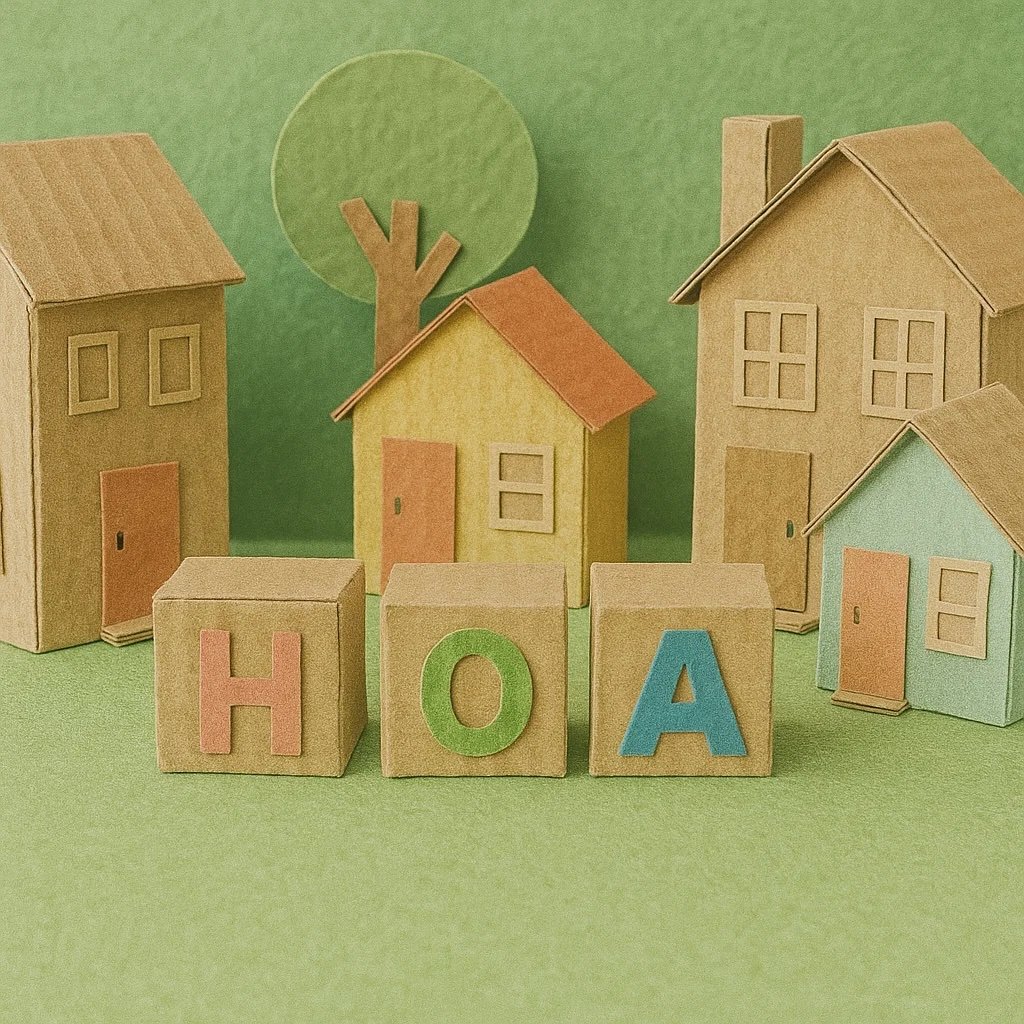
Quieting the Drama: How Transparency Can Promote Fairness
“Why did I get a violation when my neighbor didn’t?”
Sound familiar? At a recent HOA trade show, one topic dominated almost every conversation we had with a board member or HOA manager: drama. Whether it’s accusations of favoritism, frustration over rule enforcement, or distrust in board decisions, emotions run high in many HOA communities.
These frustrations aren’t about the rules themselves; most of the time, they’re about how those rules are communicated, interpreted, and enforced. When communication breaks down and consistency is lacking, residents fill in the blanks with assumptions. That’s where drama thrives.
In this post, we examine how HOA boards and property managers can foster harmony and establish trust by promoting clarity, transparency, and empathy.

Rising HOA Costs: Taming the Budget Beast With Smart Management Software
If you’re on an HOA board or managing a community, you’ve likely noticed the trend: HOA costs are going up, and fast. Between inflation, aging infrastructure, and rising insurance premiums, many associations are being forced to raise homeowner dues just to stay afloat.
Understandably, this puts HOA leaders in a difficult position. Homeowners are frustrated. Boards are under pressure. And everyone’s looking for solutions.
While no platform can prevent every cost increase, HOA management software like GoodFences can help reduce inefficiencies and improve transparency, two key factors that drive cost-related conflict and homeowner dissatisfaction. In this post, we’ll break down why HOA costs are rising, what boards can do about it, and how digital tools like GoodFences can help you regain control.

Navigate HOA Disputes with Fairness and Efficiency
If you’re on an HOA board or managing a community, you’ve likely noticed the trend: HOA costs are going up, and fast. Between inflation, aging infrastructure, and rising insurance premiums, many associations are being forced to raise homeowner dues just to stay afloat.
Understandably, this puts HOA leaders in a difficult position. Homeowners are frustrated. Boards are under pressure. And everyone’s looking for solutions.
While no platform can prevent every cost increase, HOA management software like GoodFences can help reduce inefficiencies and improve transparency, two key factors that drive cost-related conflict and homeowner dissatisfaction. In this post, we’ll break down why HOA costs are rising, what boards can do about it, and how digital tools like GoodFences can help you regain control.

Automate HOA Management to Defuse Conflict and Boost Harmony
HOA board members and property managers are increasingly caught in the crossfire of rising resident expectations, enforcement disputes, and administrative overload. As communities grow more complex and diverse, traditional methods of HOA management are proving insufficient, leading to burnout, mistrust, and legal vulnerabilities. However, automation can offer a better path forward. By automating routine processes and standardizing enforcement decisions, HOAs can reduce conflict, save time, and foster community trust.

Why You Should Consider Joining a Startup Accelerator: Lessons Learned at GoodFences
Accelerators, Plug In Ventures, & GoodFences

Why in the World are there HOAs?
Community associations have not always existed. They are relatively new to the way humans organize their living. They have always been political. In the United States, they were a product of builders not wanting to integrate their communities racially or religiously. In Pasadena, California, the Arroyo Seco Improvement Association was established in 1905 to establish an “upscale” community(1). Associations have continued to grow in numbers, size and influence. Community associations govern millions of people worldwide. Associations were and continue to be legally incorporated; their existence is codified by law. They self-fund their existence through dues paid by owners within the community. They have evolved in various forms to serve various purposes.

How Do We Go From Neighbors To Litigants?
Why is it when you mention Homeowners’ Associations (HOA’s) people get angry? There is almost a collective hatred among homeowners regarding the existence of HOAs. It is hard to reconcile when the owners knew of the HOA’s existence prior to moving into their home, but understandable given the litigious nature of the industry. Edmonson (2024) noted a Rocket Mortgage study that discovered 37% of homeowners in the study do not like living in an HOA community and 31% believe their HOA has too much power(1). Statistically, one in three neighbors are not happy with their HOA.
How do HOA’s go from a group of neighbors volunteering to support the community to an Orwellian dystopia of abuse of power, rampant favoritism and criminal fraud, willing to sue their neighbors to further their own gains? Conversely, how does homeowner anger at their HOA turn into litigation? The answers are as complicated as the diversity of HOA’s, neighborhoods, and families.

